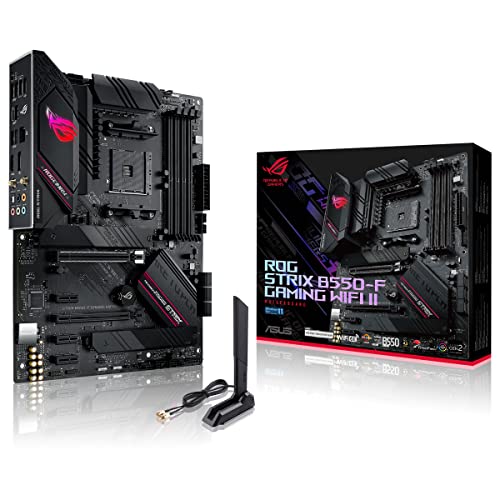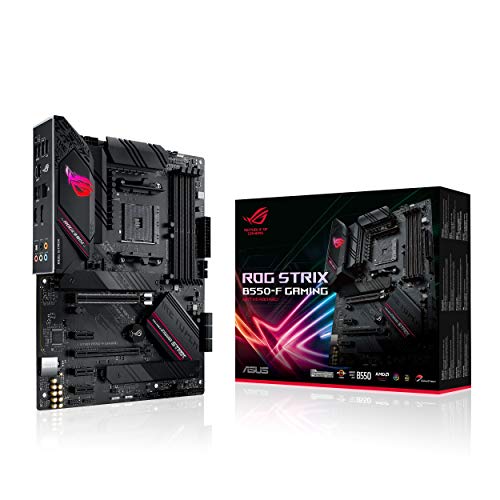Custom PC Assembly and Cable Management: A Comprehensive DIY Guide
Building a custom PC is both a technical and creative endeavor, and the assembly process sets the stage for performance, reliability, and aesthetics. A successful build requires not only installing the right components but also mastering a clean cable management strategy. This guide details everything you need to know—from preparation to final touches—to construct a flawless system that optimizes airflow and exudes visual appeal.
**Planning and Pre-Assembly Preparation**
Before diving into the hardware, careful planning is vital. Begin by gathering all the necessary tools, such as screwdrivers, zip ties, and cable clips, and set up a spacious, static-free work area with ample lighting and an organized layout. Studying the manual of both your case and motherboard is important, as these documents often provide recommended cable routing paths. Mapping out the build ahead of time—listing component placement and planning cable routes—minimizes surprises during the assembly process. Invest a few moments for a dry run of the layout; this proactive step ensures that every connection finds its intended place.
**Step-by-Step Component Installation**
Start by installing the motherboard into the case using standoffs to provide proper insulation and support. Secure the CPU carefully, applying the correct amount of thermal paste before attaching the cooler. Slot in the RAM, ensuring it clicks securely, then install the M.2 or other storage devices as needed. Place the power supply unit in its designated compartment; modular and semi-modular designs are especially popular now, as they allow you to attach only the necessary cables. When installing the graphics card and any additional expansion cards, be mindful of cable length and potential interference with airflow. After seating all components, verify that each connector—from power and data cables to fan plugs—is accessible yet discreet.
**Cable Management Techniques and Best Practices**
Effective cable management is the art of organizing cables so they don’t obstruct airflow or detract from the system’s aesthetic. Route cables along the designated channels in the case, using built-in tie-down points and cable clips. Zip ties, Velcro straps, and cable sleeves help bundle wires together into neat, unobtrusive groups. Aim to keep cables as short as possible; excess length can lead to clutter and impede cooling efficiency. When routing cables behind the motherboard tray or other hidden sections, plan each loop to maintain tension without overstressing connectors. A tidy arrangement not only enhances airflow but also simplifies future upgrades or troubleshooting, as every connection is easily accessible and clearly organized.
**Aesthetic Enhancements and Final Adjustments**
The final phase of assembly is about refining the look and ensuring consistent performance. Many builders opt for custom sleeved cables or RGB lighting kits that harmonize with the overall theme of the build. Integrated light strips and illuminated fans add a personal touch and showcase the meticulous cable management. Once the aesthetic modifications are complete, perform a thorough inspection: check that all cables are secure, no connectors are loose, and airflow is unobstructed. Finally, conduct a test boot to confirm that each component functions properly before closing the chassis permanently.
**Conclusion: The Intersection of Performance and Art**
A meticulously assembled PC with well-managed cables is more than a collection of components—it is a statement on both performance and personal style. A system that integrates a clean assembly with thoughtful cable management not only runs efficiently due to optimized airflow but also reflects the builder’s dedication and attention to detail. Embracing this comprehensive approach in PC building transforms the assembly process into an art form, ensuring that your custom rig remains pristine, reliable, and future-proof.
---
### SEO Keywords:
custom PC assembly, cable management, DIY PC build, step-by-step PC assembly, clean PC build, optimal airflow, PC building tips, custom cabling techniques, PC modding, assembly guide, custom PC build checklist, PC build aesthetics, organized cable routing
View our related products
See more
ASUS ROG Strix B550-F Motherboard
Asus
Product Review Score
4.48 out of 5 stars
227 reviews$189.99 $149.99


MSI B450 Gaming Max Motherboard
Msi
Product Review Score
4.44 out of 5 stars
50 reviews$114.99 $109.99

ASUS ROG Strix B550-F Motherboard
Asus
Product Review Score
4.41 out of 5 stars
170 reviews$159.99 $149.99
Custom PC Assembly and Cable Management: A Comprehensive DIY Guide
Related Articles
Essential High-Performance PC Components You Need Now
Upgrade your setup with the must-have parts for unbeatable gaming and productivity
Top Picks for Best High-Performance PCs
Find the perfect power machine for gaming, work, or creative projects
Your Guide to the Best High-Performance PCs
Find the Right PC for Your Gaming and Creative Needs
View our related products
See more
ASUS ROG Strix B550-F Motherboard
Asus
Product Review Score
4.48 out of 5 stars
227 reviews$189.99 $149.99


MSI B450 Gaming Max Motherboard
Msi
Product Review Score
4.44 out of 5 stars
50 reviews$114.99 $109.99

ASUS ROG Strix B550-F Motherboard
Asus
Product Review Score
4.41 out of 5 stars
170 reviews$159.99 $149.99


